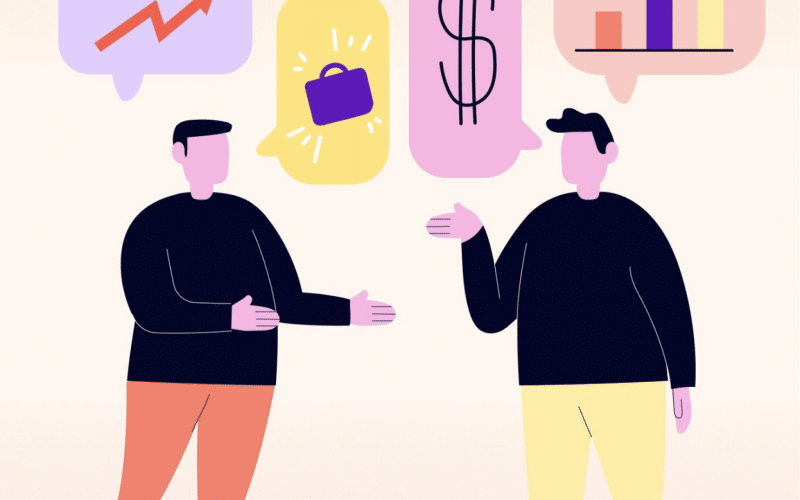I used to work in a phone store, where I had a knack for turning a phone purchase into a package deal. Most people, especially those who are getting a phone for the first time, are usually concerned about protecting their new device from damage, and when I noted those types of customers, I would recommend screen protectors and pouches. This was a cross-selling tactic, a strategy businesses use to sell more, with less—less time, less money, less resources.
In addition to this, I could, based on an estimate of a customer’s purchasing power, even convince them to go for a higher phone model than the one they initially came in to buy. This is upselling.
The aim of upselling and cross-selling B2B sales strategies is to draw prospective or new customers towards your product or service to generate further sales. This is why it is not surprising to see that upselling can raise sales by 10–30% on e-commerce sites, while cross-selling raises profits by over 30% on average. Moreover, reports say that 77% of revenue comes from upsells, renewals and cross-sells in the case of B2B businesses only.
While upselling encourages prospects to buy a higher-priced version of a product or service they have an interest in, cross-selling motivates customers to purchase related offerings. Despite this difference in approach, both of these techniques are instrumental in boosting sales.
Key takeaways
Upselling is the practice of encouraging customers to purchase a comparable higher-end product than the one in question.
Cross-selling invites customers to buy related or complementary items.
Though often used interchangeably, both offer distinct benefits and can be effective in tandem.
Upselling and cross-selling are mutually beneficial when done properly, providing maximum value to customers.
They also increase revenue without the recurring cost of many marketing channels.
What is upselling?
Upselling is encouraging the purchase of anything that would make a customer’s additional purchase more expensive with an upgrade, enhancement, or premium option. It is a sales strategy that encourages prospects to buy higher-priced variants of the product or service they are interested in.
With upselling, you’re not offering lateral products to complement your customer’s initial purchase — you’re offering an upgraded or premium version of the product they’ve just agreed to buy.
An effective up-sell strategy would help you sell more profitable versions of your product or service. And this would naturally boost your sales and profits. As a result, most businesses, online stores, and offline shops apply comprehensive upselling strategies to outshine their competitors.
HubSpot research shows that 88% of surveyed salespeople try to upsell their customers. 49% say that understanding customers’ needs and goals is a key strategy.
Upselling often employs comparison charts to market higher-end products to customers. Showing visitors that other versions or models may better fulfill their needs can increase AOV and help users walk away more satisfied with their purchase. Companies that excel at upselling are effective at helping customers visualize the value they will get by ordering a higher-priced item.
When to upsell
Generally, upselling works best when the customer is in the middle of a purchase decision or has just decided to purchase. It comes with a catch, though: you can’t be pushy or sneaky. If you are, the customer will notice and feel like prey, and you may lose not only this sale but any future sales too.
Here’s when you should go for the upsell:
- When the customer has expressed interest in a particular tiered product or service (think iPhones or app subscriptions),
- During the checkout process, when the customer is already in a buying mindset,
- In response to specific customer inquiries, an upsell can provide a tailored solution
- As part of a loyalty program or customer retention strategy, to reward and incentivize repeat business
What is cross-selling?
Cross-selling is another effective strategy that encourages prospects to buy similar or complementary products related to the one they have shown interest in or already purchased. It identifies products that satisfy additional needs that the original item cannot fulfill. For example, a comb could be cross-sold to a customer purchasing a blow dryer.
Oftentimes, cross-selling points users to products they would have purchased anyway; by showing them at the right time, a store ensures they make the sale. As I mentioned above, from my experience, a customer who buys an expensive tablet is likely to purchase a cover or screen protector for it. This leads to greater net sales if you suggest them at the right time.
Cross-selling is prevalent in every type of commerce, including banks and insurance agencies. Credit cards are cross-sold to people registering a savings account, while life insurance is commonly suggested to customers buying car coverage.
In e-commerce, cross-selling is often utilized on product pages, during the checkout process, and in lifecycle campaigns. It is a highly effective tactic for generating repeat purchases, demonstrating the breadth of a catalog to customers. It can alert users to products they didn’t previously know you offered, further earning their confidence as the best retailer to satisfy a particular need.
A good cross-sell strategy can also help you diversify and grow your sales greatly by bringing new products to the attention of actively interested customers. This is why online stores employ cross-selling on a massive scale, which gives you enticing “you might also like” suggestions as soon as you buy a product. Moreover, these suggestions are constantly growing in relevance and usefulness, powered by advanced AI and data analytics.
SEE: Boosting E-Commerce Sales with SEO Tactics
When to cross-sell
Figuring out when to cross-sell requires paying close attention to individual customer needs and finding ways to map them back to complementary offerings. Like when your waiter cross-sells you on a bottle of wine that pairs perfectly with your pasta—yeah, they want you to buy more, but there’s added value behind it.
Here’s when you can add value to a customer’s experience with a cross-sell:
- When a customer is purchasing a product or service that naturally pairs with another item
- When you can bundle items together, like offering a discounted package of related software tools to encourage customers to buy several items rather than just one
- When you have insight into the customer’s browsing activity
- When launching a new product or service, promote it to existing customers who have previously purchased related items
- During customer support interactions, suggest relevant cross-sells that can address their specific needs or concerns
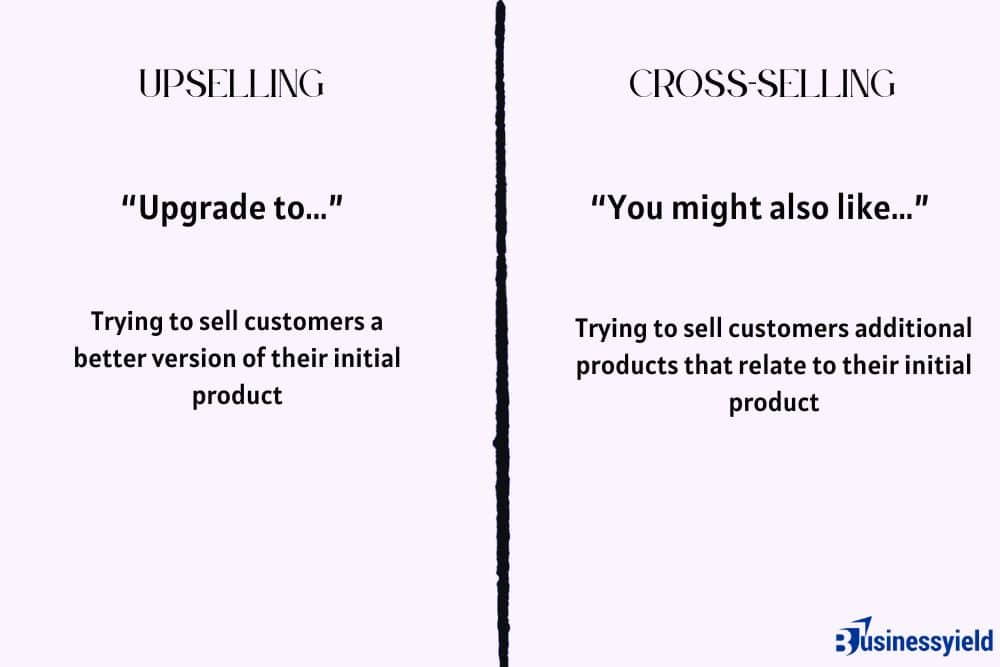
How to upsell & cross-sell
The beauty of cross-selling and upselling is that you can do it via a simple and stepwise process. This includes understanding the prospects and designing suggestions to match their needs and desires, followed by regular communication and relationship building to maintain loyalty.
Let’s find out the steps involved in applying these two major sales strategies.
The upselling process
- Understand the offering and the higher-end versions that will sell at a higher price.
- Recognize the needs and desires of prospective customers through research.
- Offer relevant suggestions for upgrading the offering at the pre-checkout or checkout stage while ensuring aesthetic presentation and high ease of choice.
- Explain the benefits of the costlier versions clearly and concisely. This explanation must basically emphasize that users will get much more value for a relatively low rise in price.
- Be specific about the additional features and offer trials where possible. You may include a physical demonstration in the case of offline shops or make use of Augmented Reality in online stores.
- Use post-checkout recommendations or personalized direct messages to recommend effective add-ons to the purchased product or service.
- Set and track measurable goals to determine the effectiveness of your upselling.
The cross-selling process
- Recognize and understand the target customers through market research to develop or decide on products or services that offer lasting value to them.
- Offer valuable suggestions on multiple platforms to existing and potential customers, as decided in the first step. These may include recommendations of the relevant products on the store websites, shops, or post-sale suggestions through direct messages.
- Explain the benefits of going for the supplementary or similar offerings, accompanied by trials where possible.
- Retarget customers based on past activity and make relevant recommendations.
- Form and train your team to analyze every customer’s changing needs and desires and make regular and personalized recommendations accordingly. This step helps to continue cross-selling by developing lasting customer relationships and loyalty in the long run.
- Set sales goals and track them regularly to improve your cross-selling strategy.
I have attached below a sales plan template for you and your sales team, which you can use to incorporate upselling and cross-selling strategies into your business.
BusinessYield Sales Plan Template
You can also read more on sales strategies via the links below:
- How to Drive Sales With Digital Marketing
- What Is A Sales Funnel?: How to create a sales funnel(Stages, Examples, And Strategies)
- Boosting E-Commerce Sales with SEO Tactics
Difference between upselling & cross-selling
Cross-selling and upselling are complementary strategies that provide maximum effectiveness when applied together. However, some key differences between them result in different application strategies.
These include:
1. Purpose
The key purpose of an up-sell is basically to boost the average order value and net profits by ensuring that the customer purchases the costlier versions of products or services.
In contrast, cross-selling aims to grow the overall sales value by making relevant suggestions for other products or services that improve the usefulness of the original offering.
2. Activity Involved
Upselling encourages people to buy higher-end and higher-priced versions of a product or service they have shown interest in buying but have not yet bought. It includes advanced versions of the same product or service.
On the other hand, cross-selling has a much broader scope. It involves motivating people to buy other products similar to or that complement what they have already purchased or shown interest in buying.
3. Suggestion
In upselling, the suggested offering must be a similar but improved version of the original product or service. It could be the suggestion of a car that offers air conditioning and GPS features when the prospect has shown a strong interest in an older version of the same vehicle without such features.
In cross-selling, the suggested product or service here can be similar to or even very different from the original product, as long as you can use it with the original for the best results. For example, a video game store may suggest their games to someone who just bought their gaming console.
Examples of upselling
Moving on, here are some examples of effective upselling in action-
UberSuggest
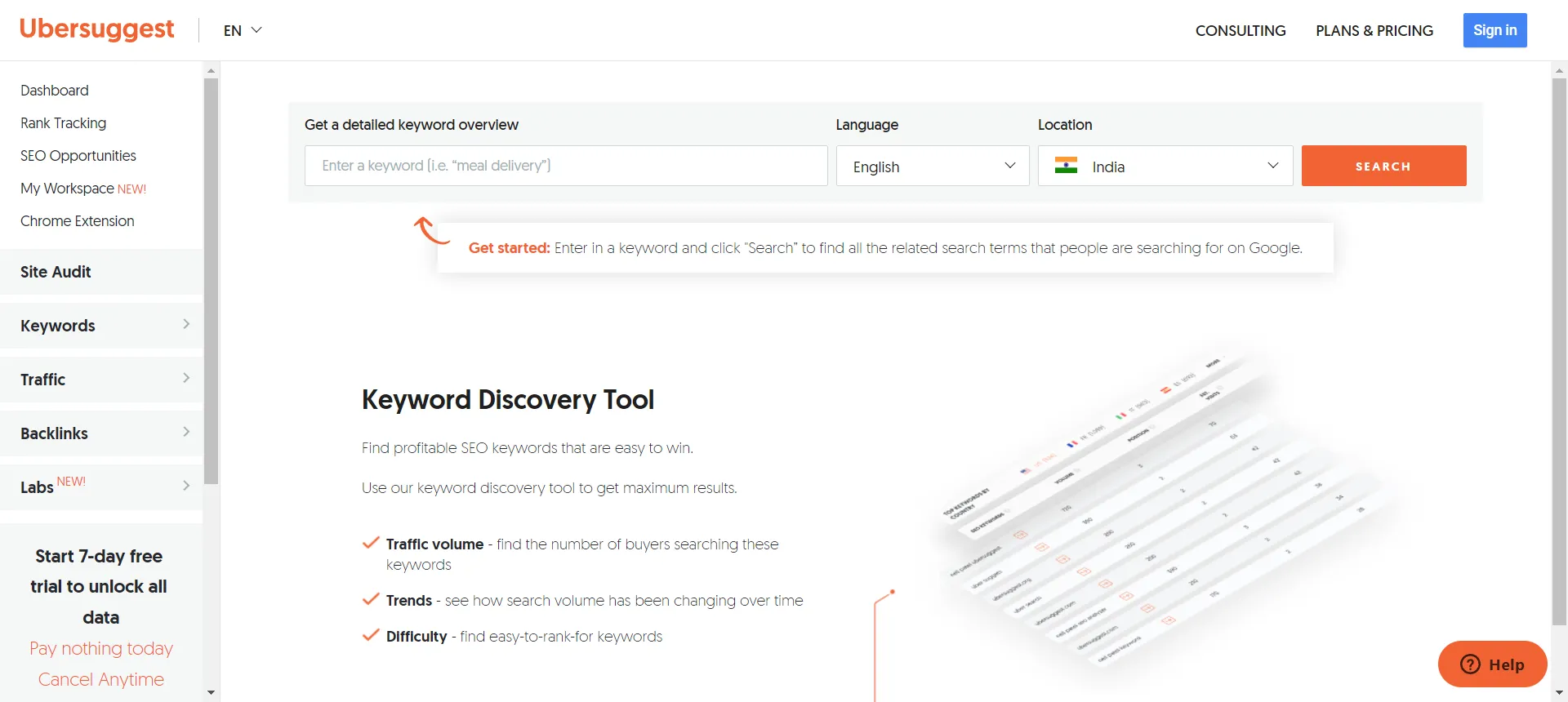
UberSuggest is an example of B2B upselling. This software has a free version that you can use for keyword and backlink research, usually by content writing businesses. But it allows only up to 3 searches daily and has limited functionalities.
At the same time, it makes compelling offers of one-time purchases to access more daily searches and other premium functionalities whenever you get free analysis results.
Tesla
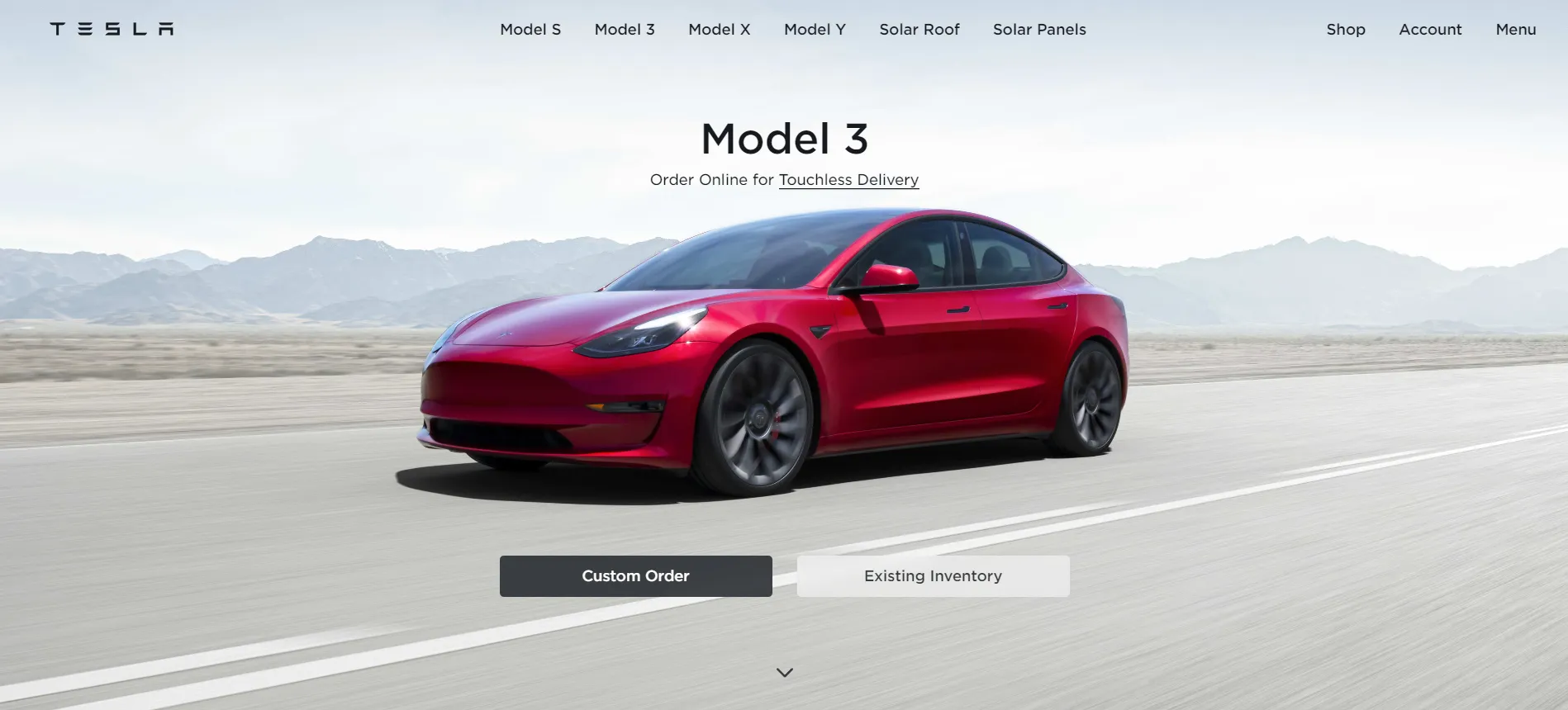
Tesla offers another example of upselling where the customer can add desired features to the basic version of a selected vehicle. This option basically ensures that the customers spend on what they need without the high price of an all-features-included model getting in the way.
Tesla has certainly succeeded in its upselling strategy by offering a user-friendly interface and several options that match every need.
EasyJet
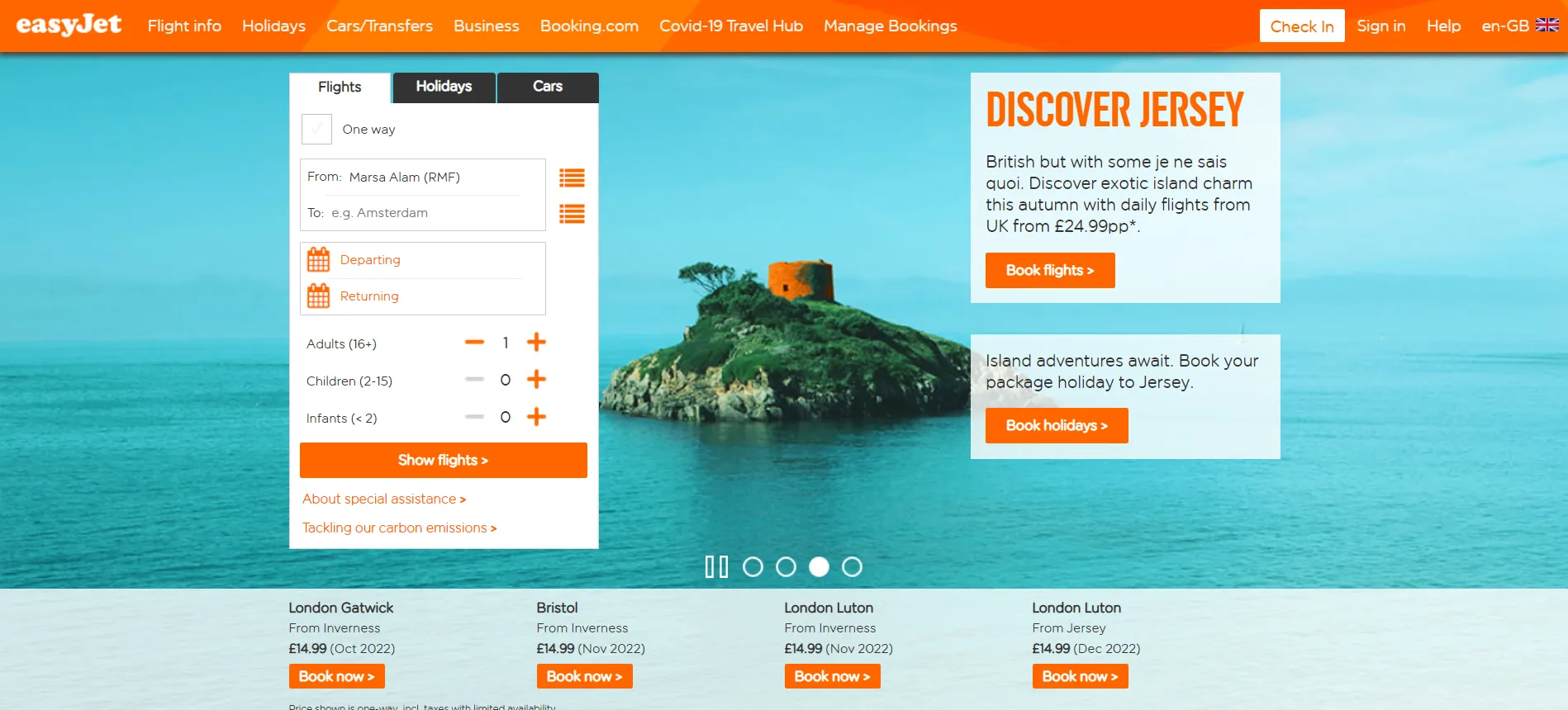
Airline companies make extensive use of upselling, and EasyJet is no exception! Customers can avail of a variety of additional services while booking tickets using their website. Some upselling services EasyJet offers include a personalized choice for the seat, in-flight lunch, special assistance, etc.
Examples of cross-selling
You can find examples of cross-selling on product sales pages of various businesses or online retail websites. Here are some examples of cross-selling you can find in different stages of online buying:
McDonald’s
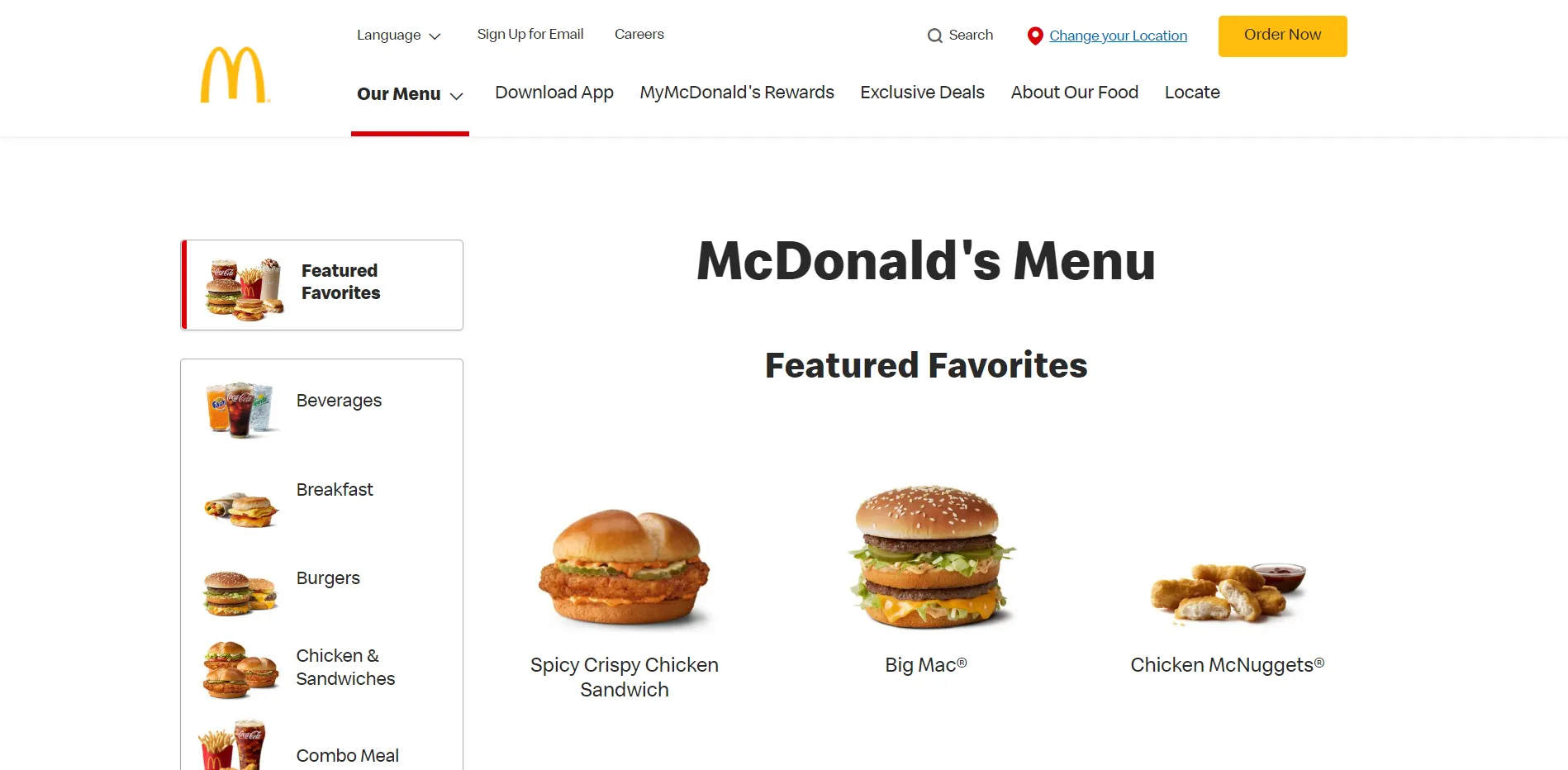
Most top fast-food chains or restaurants will offer you the opportunity to buy additional food items for a little more. This is a perfect example of cross-selling during checkout. After all, who would say no to some added fries and cold drinks even if they visited just for a burger?
Crate and barrel
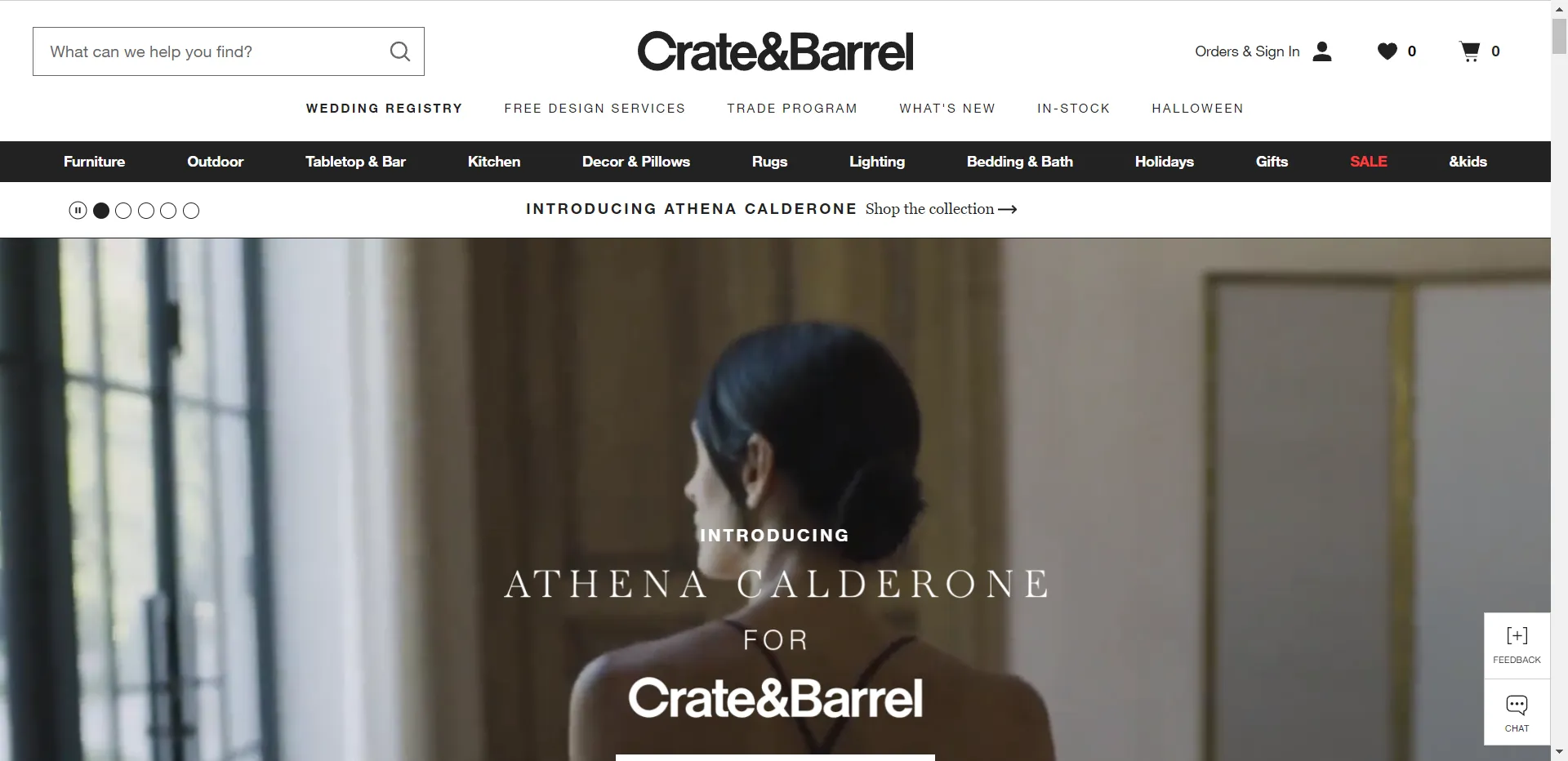
This furniture company offers high-quality suggestions on the checkout page based on the purchased product. Some relevant furniture that other people also bought find their place with the original product during checkout. And this makes it likely that people will purchase one or more additional items.
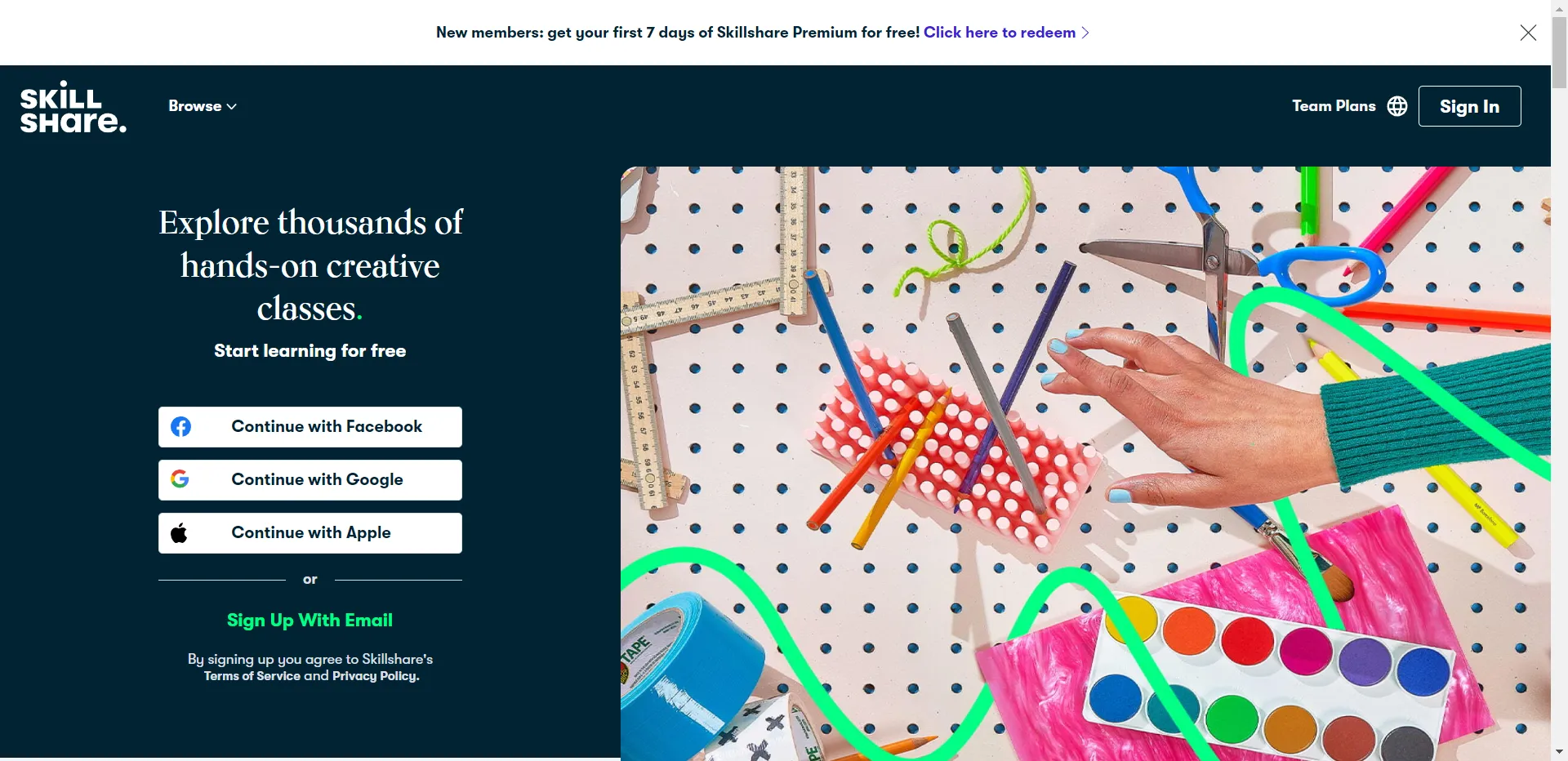
Skillshare is an online course platform that provides special courses for other businesses to train their employees. It applies on-site suggestions after the purchase of courses as well as email recommendations to encourage the business to continue buying related courses.
This is an example of business-to-business cross-selling, where a business repeatedly targets another business with relevant offerings.
READ: Marketing To B2B: My B2B Marketing Transformation Journey
How to use upselling & cross-selling in your business
Upselling and cross-selling are both an art and a science. To excel at them, you need to think creatively about your offerings (and potential offerings) and how they might complement existing purchases.
Here are some actionable tips for how to apply these strategies to your business:
Engage with your customers
Ask yourself the following questions:
- What adds the most value for your customers?
- What questions do they have when buying from you?
- What products or services do they ask you about that you don’t yet offer?
Talk directly to existing customers or clients about what they might want in new products or services.
Dive into customer behaviors
To utilize upselling and cross-selling in your business, you can use data analytics to understand customer purchase patterns like what, when, and why they buy. After all, upselling and cross-selling won’t do anything for you if no one buys what you’re promoting.
Also, identify trends and correlations in customer behavior. For example, you might analyze purchase history and browsing habits to find a strong correlation between customers who buy yoga equipment and those who purchase green supplements.
Analyze your offerings
Examine your existing products and services, and identify potential complementary items. Also, assess which combinations make sense and could provide added value to customers.
Experiment and test
You can implement upselling and cross-selling strategies based on your analysis and customer feedback. For example, you might dig through customer reviews to find successful pairings of your products to display as testimonials on your website or create product bundles.
Continuously testing different approaches to see what resonates best with your audience is another good approach. Try A/B testing in email marketing campaigns, experiment with variations in product recommendations, and track conversion rates to identify the most effective strategies.
Get creative
If you keep trying the same tactics that tons of other salespeople are using, you will just remain a face in the crowd, and your business will become yet another generic one. So, how do you stand out?
Explore innovative ways to bundle or promote products and services. If people who buy product X often also buy product Y, you should be trying to sell product Y to everyone who buys product X. But why stop there? Try promoting product Z to those same people, or try upselling them to a higher quality version.
You should also consider introducing entirely new offerings based on customer demand and preferences. New items also expand your product range, which offers more opportunities to cross-sell complementary products or bundle with existing ones.
Final word on upselling & cross-selling
Cross-selling and upselling are similar in that they both focus on providing additional value to customers, instead of limiting them to already-encountered products. In both cases, the business objective is to increase order value and inform customers about additional product options they may not already know about.
The key to success in both is to truly understand what your customers value and then respond with products and corresponding features that truly meet those needs.
